
We’ve just added Oman, a great destination for those who love wild camping!

Myanmar has just been added to our list of destinations.
It’s a country full of golden temples, Buddha statues and curious, friendly people.
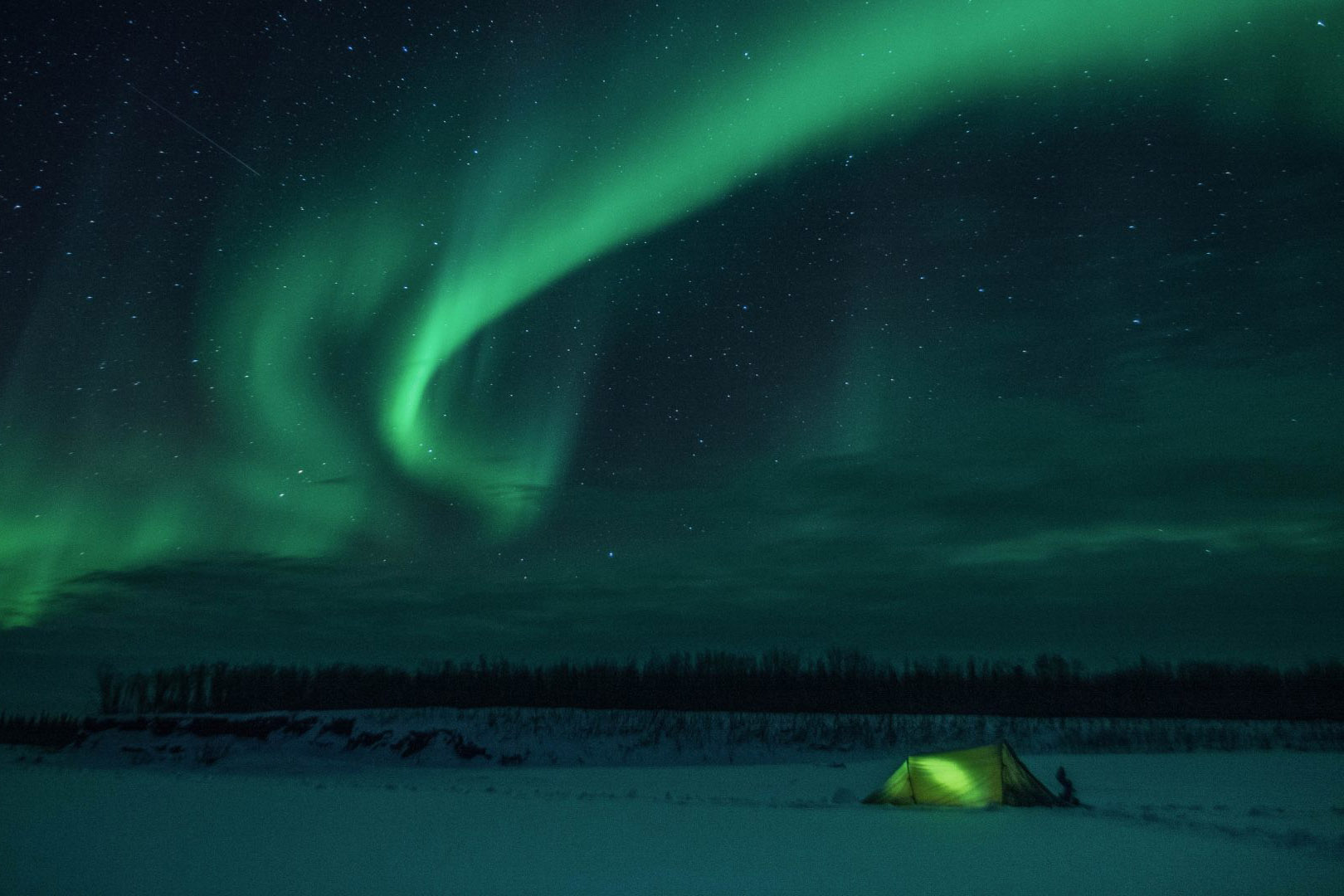
Ben is a multi-award winning filmmaker, adventurer, and photographer based in the UK. He spends his time travelling to some of the world’s remotest corners under human power in search of wild and diverse adventures and experiences. Most notably he recently completed a three-year bike around the world, a journey which has been featured by the BBC, GQ, Red Bull and The Yorkshire Post amongst others. His highly acclaimed films have appeared in more than 30 international film festivals and won numerous awards. www.benpagefilms.com
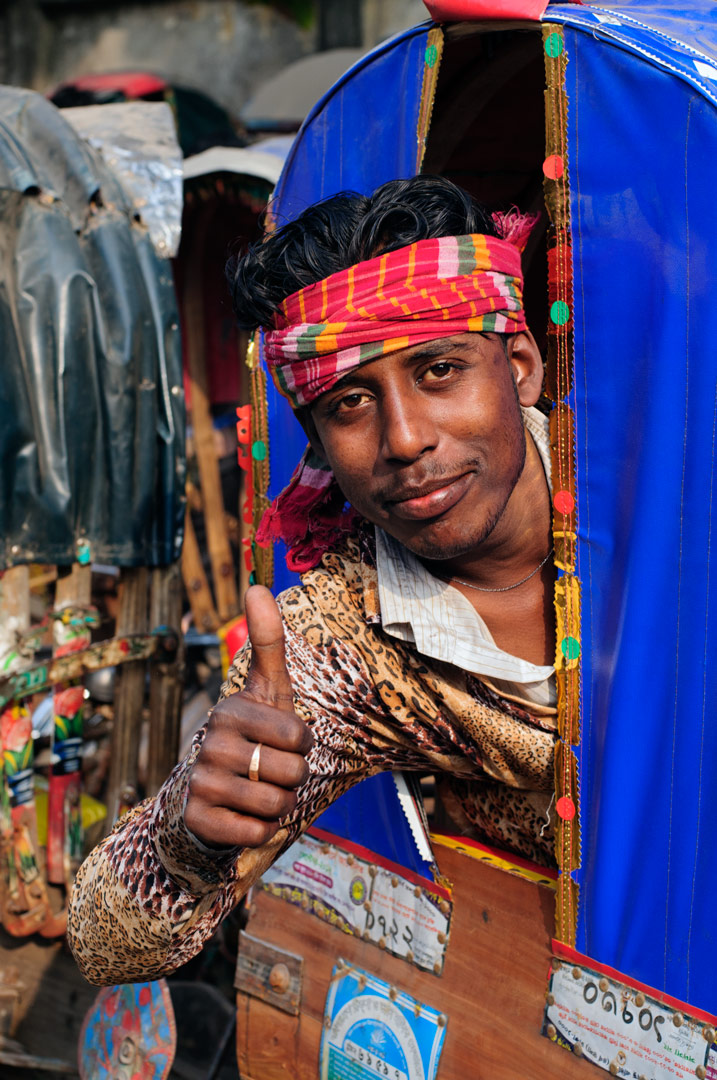
Ahhh, Bangladesh! One of our favorite countries on earth.
It’s the capital of bicycle (rickshaw) culture and also a great place to travel through.

Heike aka ‘Pushbikegirl’ is from Heidelberg, Germany. She’s pedaled over 50 countries, 75.000 Km. and her current tour started in May 2013. Before 2013, she only left for months at a time, with the one exception of an 8-month solo trip across the desert of Australia.
Heike writes:
I love remote places, the further away from civilization the better. I also love dirt roads and trails, but I don’t stick to them for the sake of it. If a paved road is traffic-free, I enjoy it just as much. Open skies, deserts, mountains and campfires make me happy.
The longer I was on the road the slower I went. Kilometers aren’t important, whereas people, nature and adventures are.
The bike is simply my form of transportation. I don’t use it to break records, but to dig deeper and come closer to the diversity the planet has to offer.
I also avoid routines since variety is the spice of life. Challenges are what keep me going and freedom is my biggest pleasure.
I prefer to only use planes and public transport when needed but have since become more relaxed with that rule.
I also explore more than the ‘greatest cycling’ destinations. I want to see the full range the world has to offer. This means visiting the so-called ‘boring’ places and forming my own opinion about them.
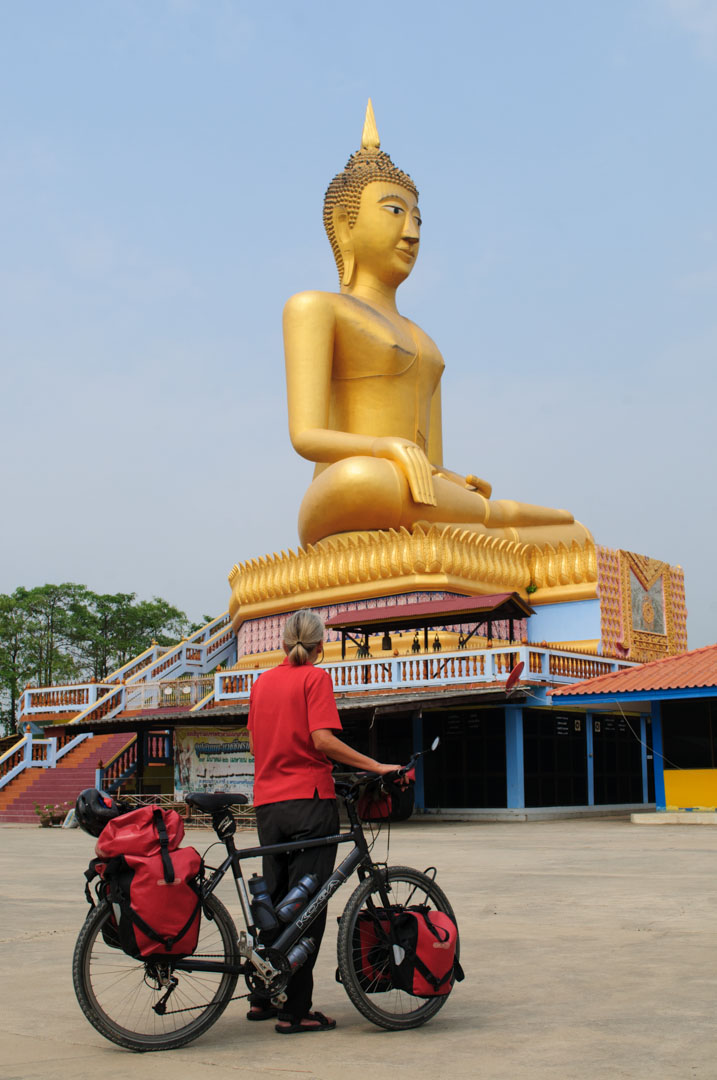 Thailand and Laos have just been added to the list of destinations.
Thailand and Laos have just been added to the list of destinations.
Plus we’ve added two new photo galleries of our favorite cycle touring and bicycle culture images from around the world.

In the spring of 2016, Eric Timmerman and Olivia Cuenca set off to ride their bicycles around the world.
In attempts to stay away from pavement and traffic as much as possible, they searched for jeep tracks, single track, and dirt roads that weave through the mountains leading to places less explored.
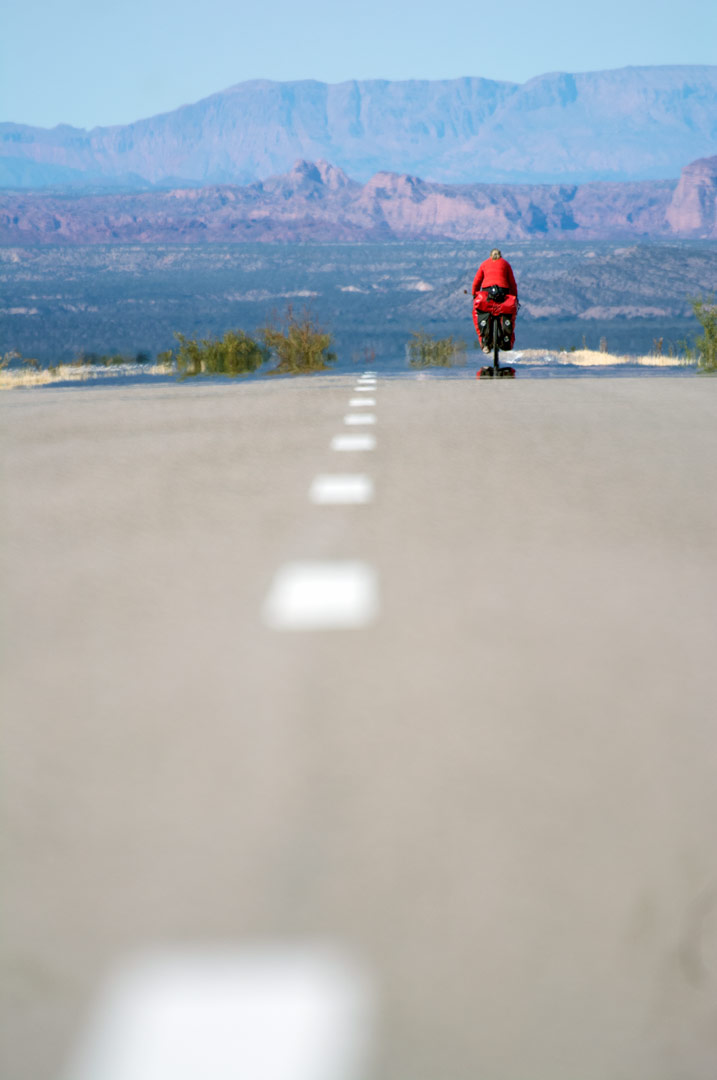 At long last, Argentina has been added to our list of destinations.
At long last, Argentina has been added to our list of destinations.
The never-ending Ruta 40 led us through this country.
Accompanied by a playlist of road trip songs that played through our heads – the miles flew by.
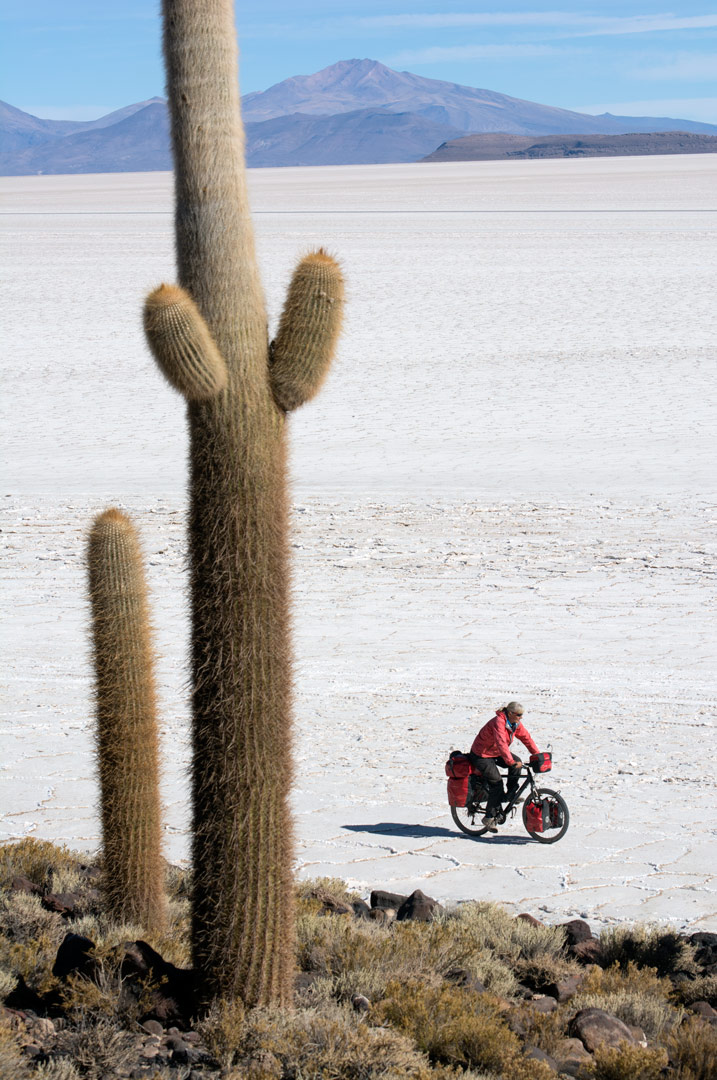 We’ve just added a new destination to the site, Bolivia!
We’ve just added a new destination to the site, Bolivia!
Cycling the Salars was one of our all-time favorite experiences.
Who can resist pedaling through such a surreal landscape?
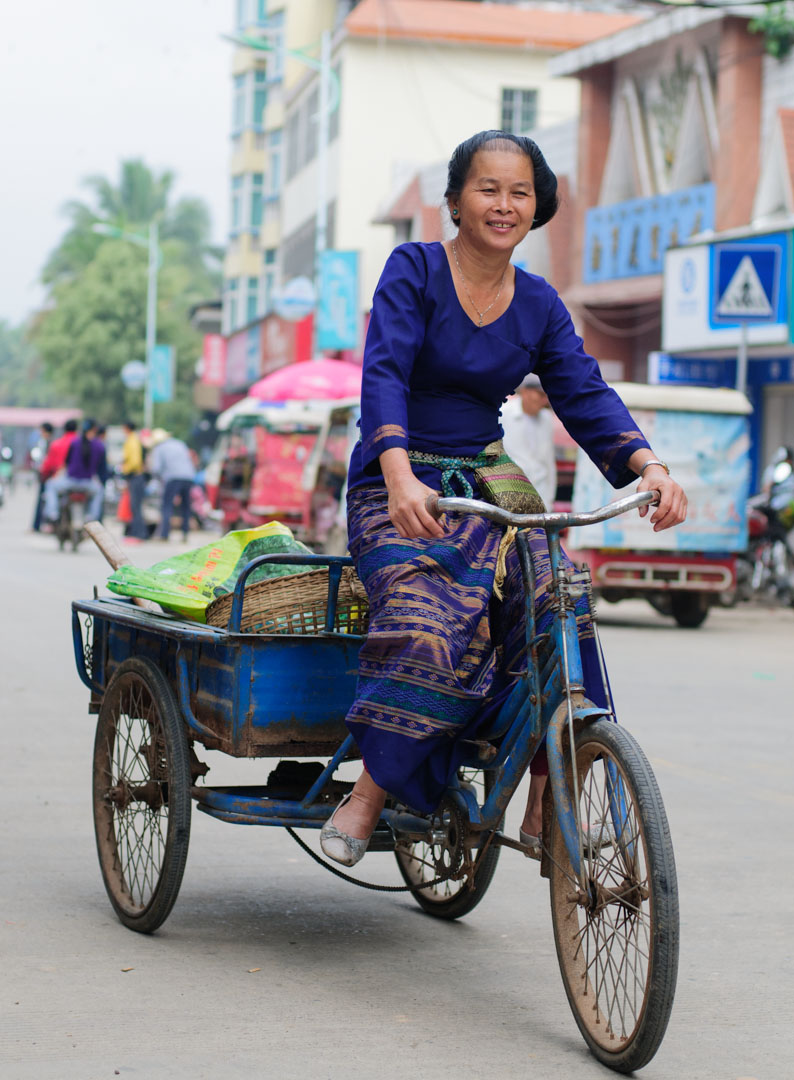 We’ve just added a new destination to the site, China!
We’ve just added a new destination to the site, China!
China is what bicycle touring is all about, adventure.
Even though we couldn’t communicate, read signs or even identify what we were eating, we just jumped in.
We passed sidewalks filled with dancing office workers, street cleaners in high heels and pedaled through some of the most gorgeous scenery in the world.
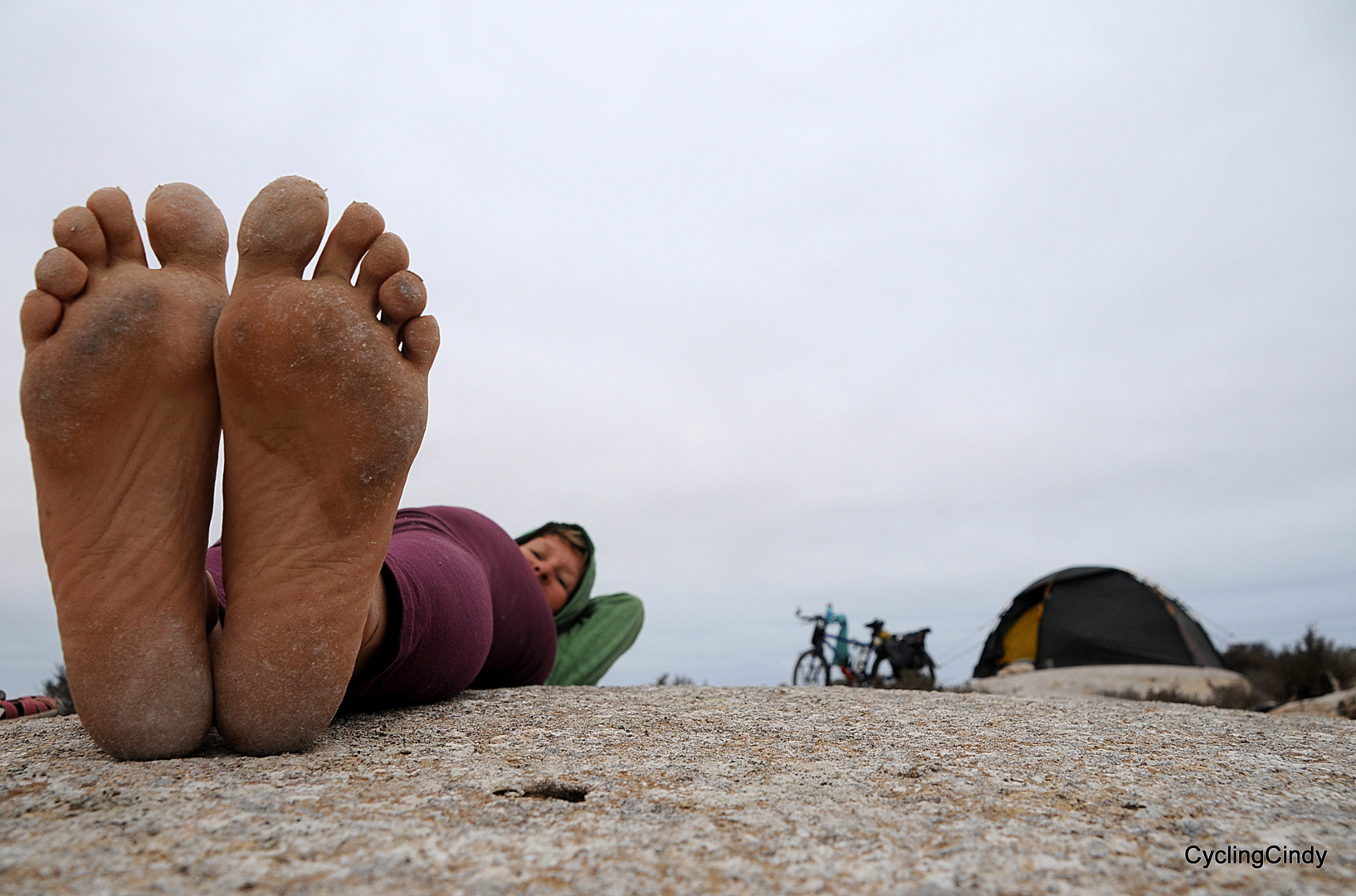
I’m Dutch, born in 1972, and love adventure in the form of traveling and diving deeper and deeper into this beautiful place called Earth.
As a little girl, I liked nothing more than building huts, following arrows chalked on the ground, painting, queerly dressing up, playing outside and discovering all that’s surrounding me, often resulting in me being lost and bruised but shining with new observations. Nothing has changed ever since.
On holidays my parents hung a little green army backpack over my tiny shoulders and off we were, on the hills in Austria, finding our way between grazing cows, all the while thinking about the banana in my backpack, until I forgot about it, being dipped in nature and it’s beauties.
I studied art (drawing and painting for advertising design) and fashion design. Those were 6 great years in Antwerp, Belgium. I managed to work 3 years as a photographer before I realized this was not it for me…
My desire to wander into the vast world has never changed. It has always been my dream to travel, to admire, the be in awe by nature, to witness, to find out, not to start a family nor being a mother, neither being confined to one space. Restless? Perhaps. For many years I took public transport until I noticed what I missed out on, and after having been to many countries, I started to save money for a new adventure: riding the world on a bicycle.
I haven’t had one minute of regret, for me, this is the ultimate way of traveling. Slow enough to plunge in the countries atmosphere, fast enough to make a decent amount of kilometers. Definitely not the easiest, but far out the most rewarding!
http://cyclingcindy.com and www.instagram.com/cinderellaservranckx
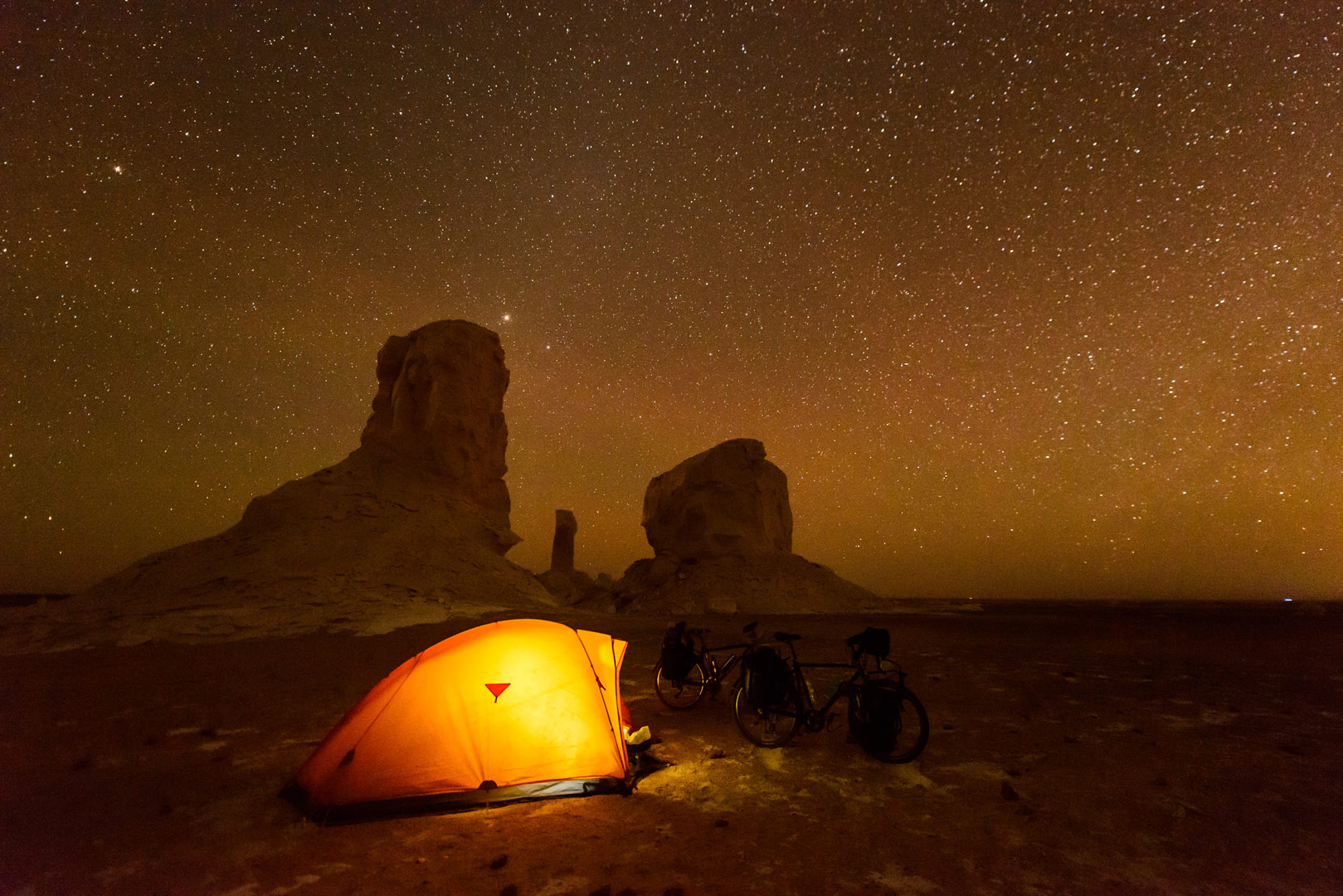
Originally from Argentina, I am a photographer and architect who travels the world by bicycle, specifically around remote regions. I pursue the cultures and sub-cultures that in one way or another resist the globalization process, either by deliberately trying to preserve their traditional values or by being marginalized by the system.
I’ve traveled in 88 countries (and counting) and each one has left something in me that in one way or another has contributed to shaping the person who I am now. This remains to be an on-going process as I move around the world.
Visit his photography website.
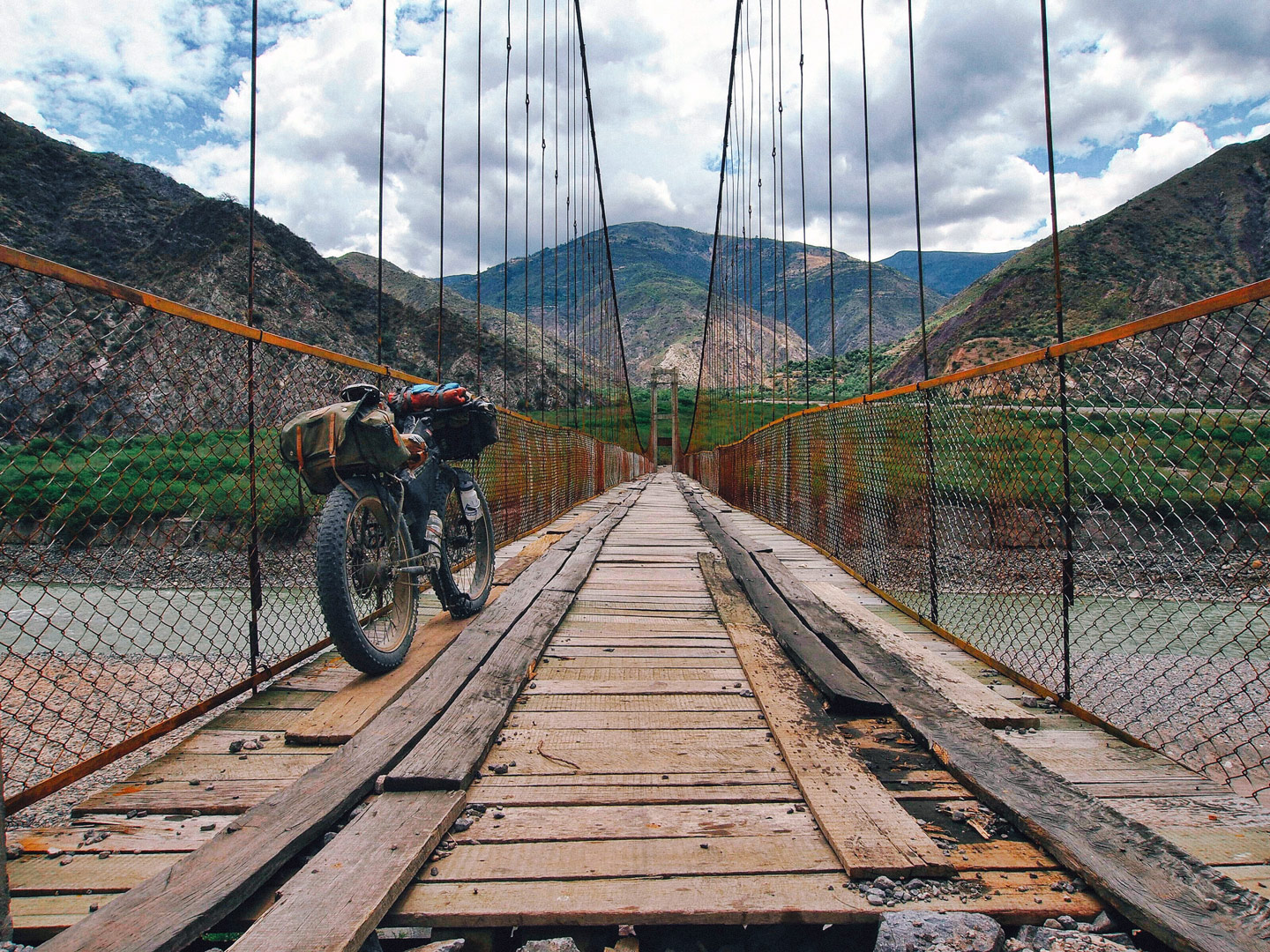
Mike talks about his past journey through South America and the Indian Himalaya:
“It is fair to say my trip has had many twists and turns. It has challenged me physically and mentally and forced me to question some of my own preconceptions and ideas.
When planning this journey I dreamt of cycling big distances and the daily physical toil of life on the road. Yet the lasting impressions and memories are not the miles ridden but the people I meet, the places I linger and the beauty of nature. The simple joys of travel.
Spending increasing amounts of time behind a camera the photographic element of the journey has become as important to me as any aspect of the journey, a visual means of communicating and sharing the journey with others.”
Follow Mike’s photographic journey.